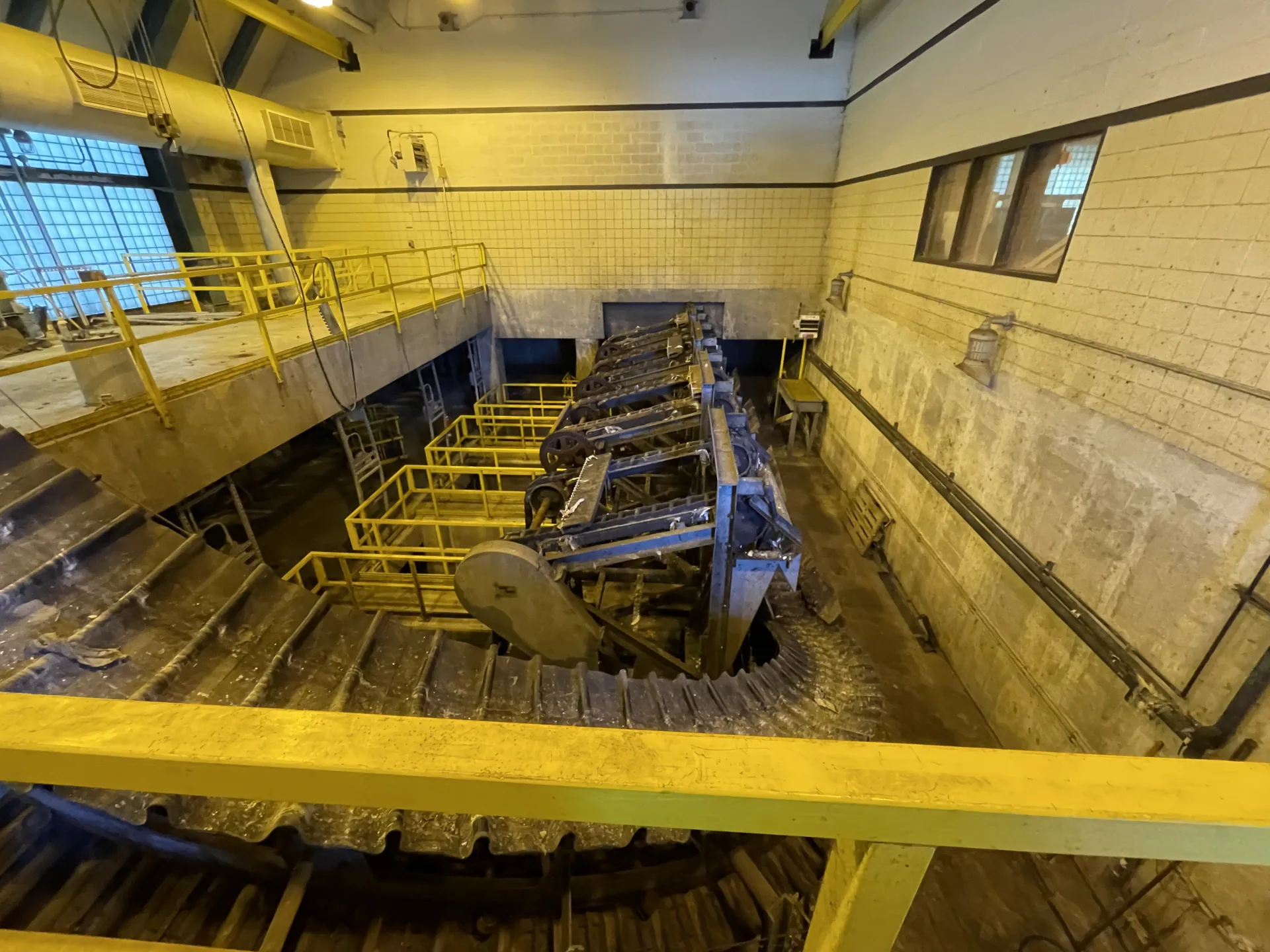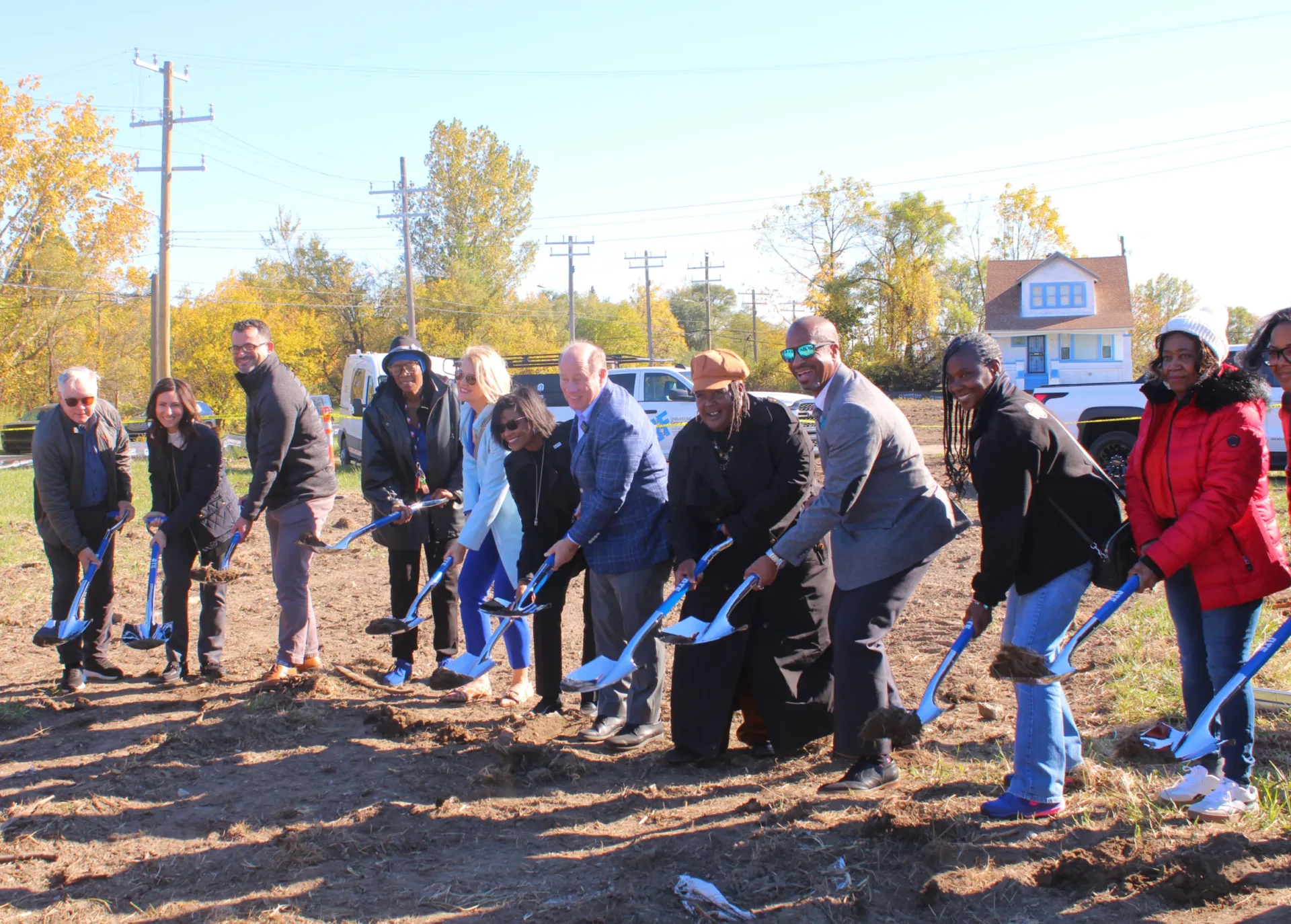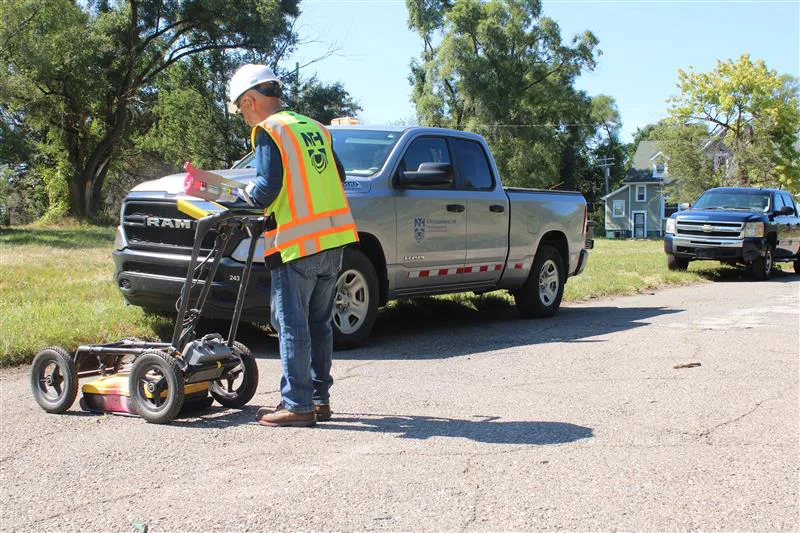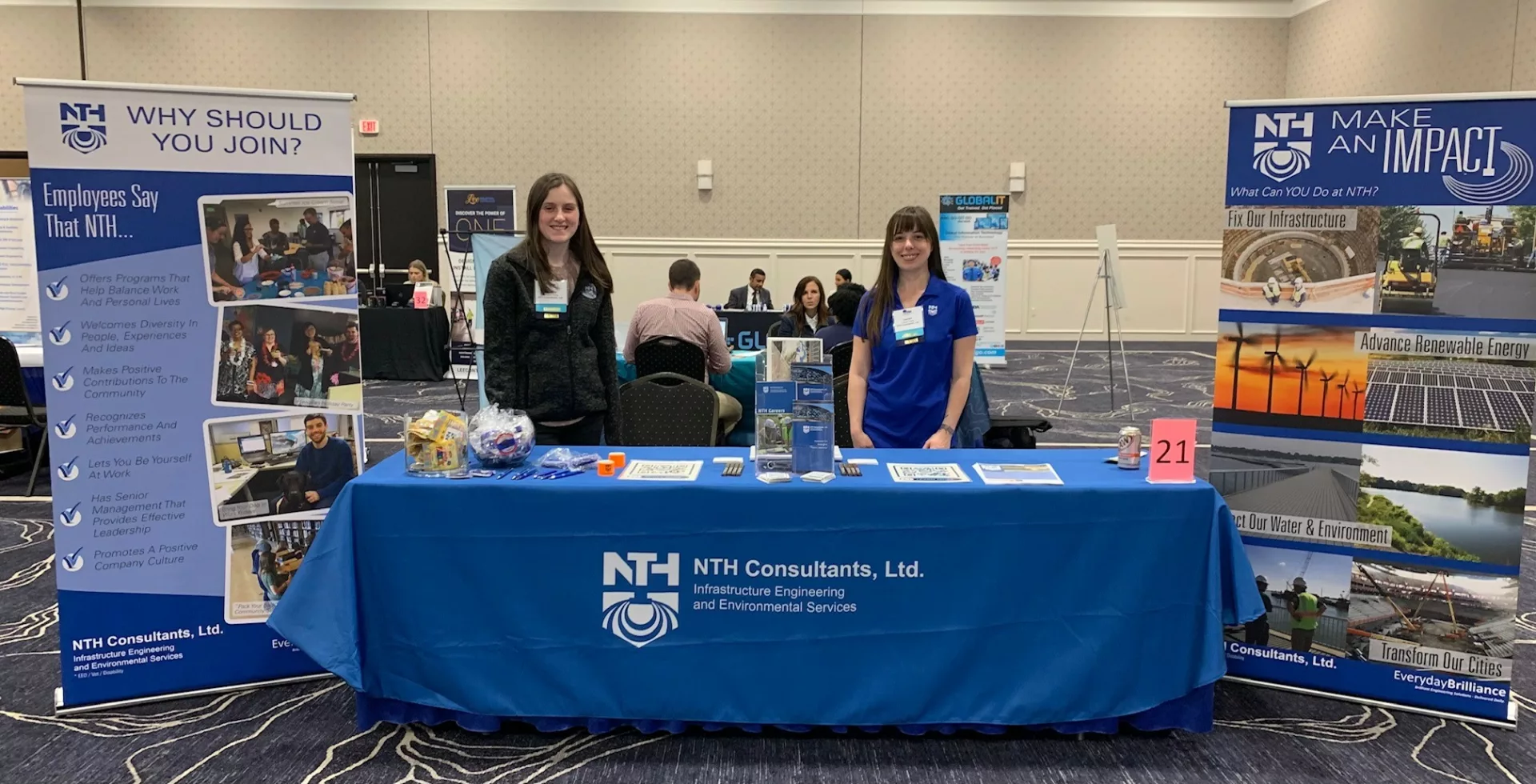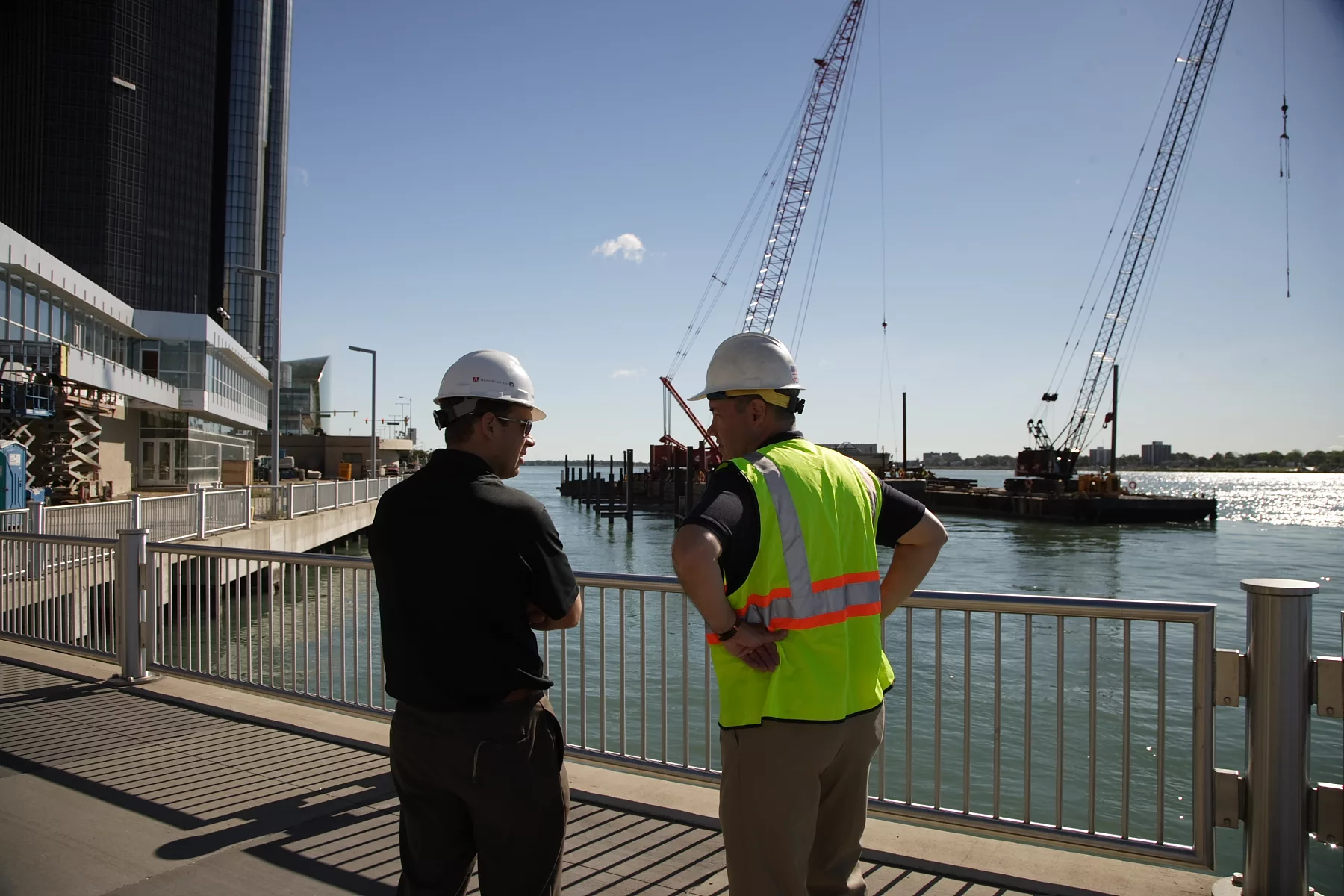Combined Sewer Overflow (CSO) basins are critical infrastructure components in older urban sewer systems where stormwater and sanitary sewage share the same piping network. During heavy rain events, these combined systems can exceed the capacity of downstream treatment plants. To prevent untreated sewage from backing up into streets or homes, CSO basins are designed to temporarily store excess flow and release it gradually back into the system for treatment or provide disinfection and screening before release into an adjacent water body. In many municipalities, these basins serve as a buffer that protects both public health and water quality in receiving water bodies.
Why Condition Assessments Are Essential
As CSO basins age, regular condition assessments become essential to maintaining their performance, safety, and compliance with environmental regulations. A comprehensive assessment helps owners understand the structural, mechanical, and operational state of their facilities. These evaluations typically involve a combination of visual inspections, nondestructive testing, and data review. Visual assessments look for signs of deterioration like corrosion, cracking, spalling, or sediment buildup. Other nondestructive assessment methods such as ultrasonic thickness testing, ground-penetrating radar, hammer sounding, and Windsor Probe concrete tests provide additional insight into the structure’s construction and aids in identifying structural defects.
What’s Involved in a CSO Basin Assessment?
At NTH, our condition assessment approach starts with a thorough review of historical design documents and past inspection reports, if available. This is followed by an on-site visual inspection of the structures. This includes manned entry into confined spaces such as wet wells, influent tunnels, storage basins, and effluent tunnels. During these inspections, we examine structural elements such as walls, slabs, baffles, access hatches, and the visual condition of gates and weirs. NTH is also able to perform assessments of the facility’s masonry façade and roof. For assessment of mechanical, HVAC, and electrical components NTH will typically subcontract these assessments out to consultants that we work with on a regular basis.
Turning Observations Into Actionable Insights
The data collected during the assessment are compiled into a report that includes observed deficiencies, photographs, repair recommendations, and a prioritization of repairs based on the severity of the defects and consequences of a failure. In some cases, we develop repair design drawings and develop conceptual repair cost estimates to assist with capital planning efforts. These reports are essential tools for asset management and help the facility owner plan for proactive maintenance and upgrades.
Supporting Resilient Infrastructure Through Proactive Evaluation
CSO basins must remain reliable and functional in order to maintain water and environmental quality for the communities that they serve. Condition assessments provide owners with the insight needed to make informed decisions, reduce risk, and extend the service life of these critical assets. As infrastructure continues to age, these evaluations will play an even greater role in the sustainable management of combined sewer systems and the communities where we live and work.

